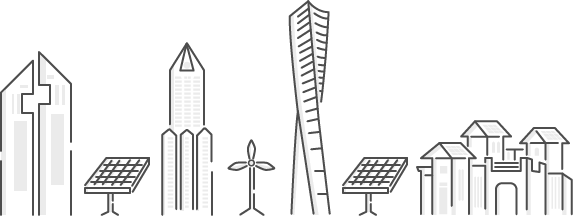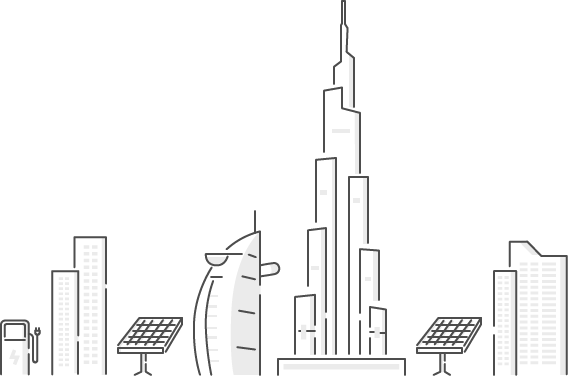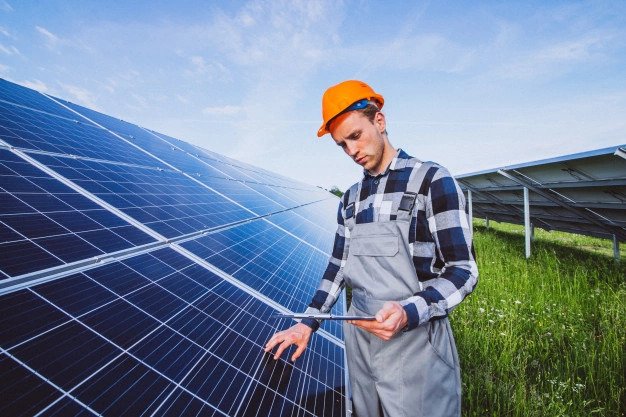With roughly 2 million solar panels installed, the issue of fire safety is becoming increasingly important. Solar fires do occur, even though professionally installed systems by skilled specialists must comply with current safety requirements.
On the surface, the procedure appears straightforward; nonetheless, numerous stages must follow to assure safety. When firefighters arrive at a fire scene, they locate the structure’s solar system, shut it down, keep an eye out for hazards while extinguishing the flames, and make sure the situation is safe before leaving.
Some of the most frequently asked questions about solar photovoltaics (PV) fire safety are the following.
If I install rooftop PV, am I endangering my home?
A PV system installed properly by a certified vendor should not pose any serious risk to your home, just like any other electrical system. The National Solar License Map provides information on state-specific solar system installer licensing regulations.
How often does rooftop PV cause a fire?
Although there are no precise statistics on the number of fires caused by rooftop PV systems in the United States, the Solar Energy Industries Association claims that a solar system spontaneously bursting into flames is a very unusual event. Assessing Fire Risks in PV Systems and Developing Safety Concepts for Risk Minimization, a paper examining fire risks in Germany finds that 210 of the 430 incidents involving solar systems were caused by the system itself.
What are the reasons for residential solar fires?
Solar rooftop fires cause by design errors, component failures, and improper installation. These issues, like those that plague all electrical systems, can result in arcs between conductors or to the ground and hot spots that can ignite nearby flammable material. The National Electrical Code created safety regulations to address these issues, and fires caused by PV rooftop systems are extremely rare.
Are there any physical protections I should have installed to reduce the risk of a fire?
Designers of PV systems must consider all applicable International Standards, such as the “DEWA Standards for Distributed Renewable Resources Generators Connected to the Distribution Network” and the “PV on Buildings and Fire Safety” guidelines, throughout the design stage. This research is used to develop new standards for PV hazard controls to protect firefighters, such as the electrical resistance of personal protective equipment based on factors such as physical body composition and skin moisture, as well as electrical pathways that could be encountered to avoid shock.
Finally, visible labeling in the home or building should specify which power cables link to the PV system. And where the various components are located so that firefighters can quickly and easily reach them.
Is there any special equipment I should require for rooftop PV installation?
Your rooftop solar PV system should be installed in compliance with current safety laws and requirements, whether it is a grid-connected system, a backup generator system, or an isolated battery storage system.
When I install a solar system on my property, what type of insurance do I need?
Because the system ties to your home and considers a part of it. Most homeowners’ insurance policies cover rooftop solar panels. Solar energy systems and rooftop panels or tiles, like a patio or a security system. They are wide regards as permanent additions to your home. If your panel mounts on the ground or in a carport, you may require a different or supplementary policy. So consult your insurance company for further information.
The following are some of the basic key facts about rooftop solar systems:
- To maximum production, the solar panels should face south. Concerning the ground surface, the angle of the panel should be 25-30 degrees.
- The Solar Panels and the framework weigh roughly 10 kg per square meter.
- Solar panels demand approximately 100-150 square feet of space per kilowatt.
- The solar system does not require much maintenance other than regular cleaning of the panels’ surfaces.
- There are two types of solar systems on rooftops. The first is for captive use, while the second is for a grid-connected system with feed-in tariffs. When the rooftop solar system is in captive usage, the installer uses all of the electricity generated by the system. The installer can also feed/sell excess electricity to the grid in the second form. A grid-connected system based on a feed-in tariff.
- There are two types of captive rooftop solar systems. The first is a stand-alone system, and the second is a system that connects to the grid.
Do you need to save money on your power bills? Wattz, being the UAE’s leading solar energy provider, provides high-quality home solar energy panels and installation services, which can help you save up to 20% on your monthly electricity bills.





